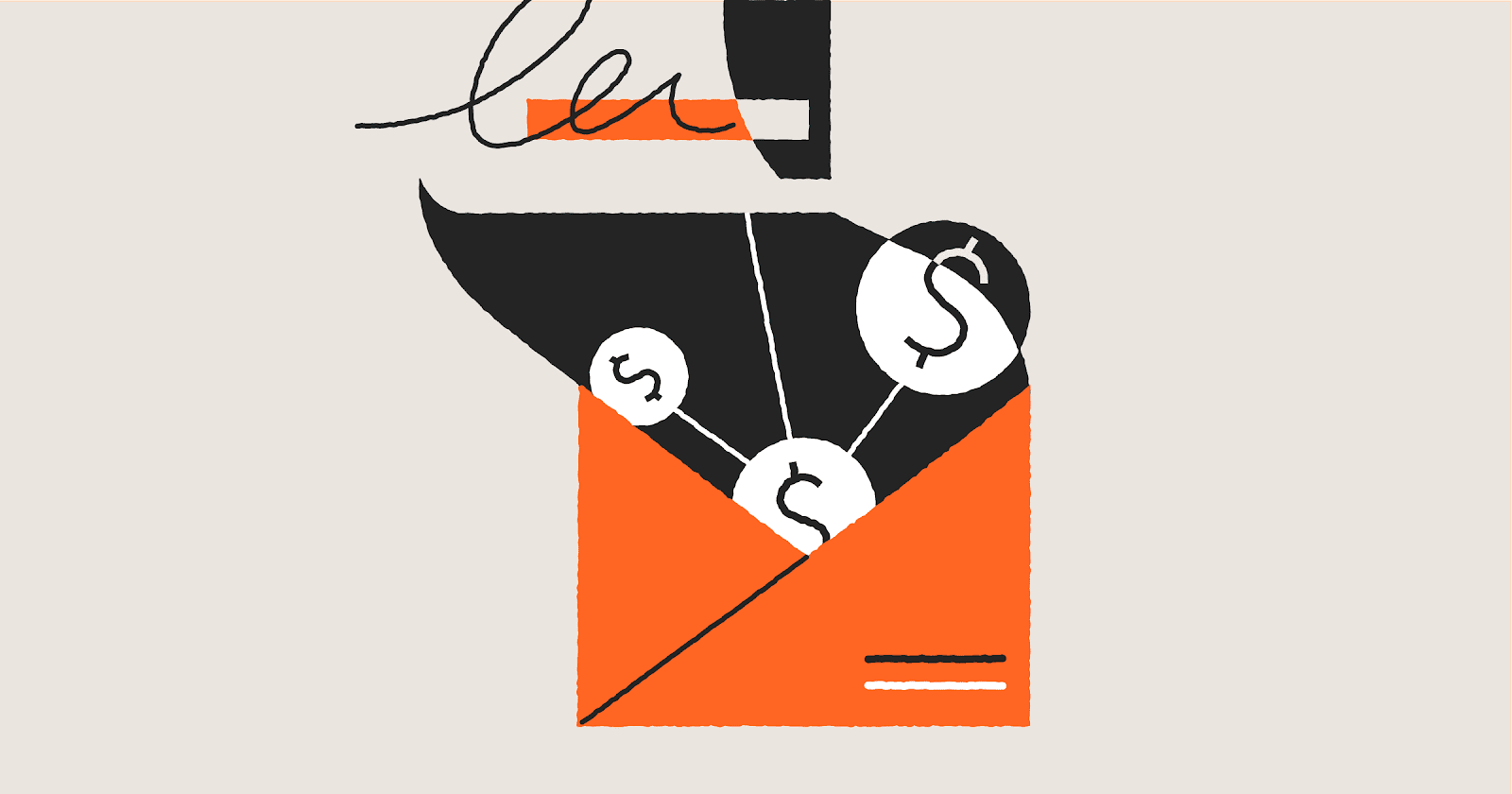The US government dispenses a vast array of grant funding, supporting a multitude of initiatives across various sectors. While often associated with non-profit organizations and academic research, government grants can also be a powerful tool for individuals and businesses. This blog delves into the intricate world of US government grant funding, equipping you with the knowledge and resources to navigate this complex yet rewarding landscape.
Grant Programs: Understanding the Fundamentals
Government grants are essentially financial awards bestowed by federal agencies, state and local governments, or tribal entities. These awards support projects or activities aligned with the awarding body’s specific goals and objectives. Grants differ from loans in that they typically do not require repayment, making them an attractive funding option.
Here’s a breakdown of the various types of government grants available:
- Formula Grants: Allocated based on a pre-determined formula, often considering factors like population or poverty rates. Examples include Medicaid and block grants for education.
- Project Grants: Awarded competitively based on the merit of a proposed project and its alignment with the program’s goals. Examples include research grants from the National Institutes of Health (NIH) or infrastructure development grants from the Department of Transportation (DOT).
- Discretionary Grants: Awarded at the discretion of the awarding agency, with less emphasis on a rigid formula or competition. Examples might include disaster relief grants or grants for specific cultural preservation initiatives.
Who Qualifies?
Eligibility criteria for government grants vary depending on the program and the awarding entity. Here are some common factors considered:
- Recipient Type: Grants may be restricted to specific types of recipients, such as non-profit organizations, educational institutions, state or local governments, or for-profit businesses (often with size limitations).
- Project Focus: The project must demonstrably align with the program’s goals. Focus areas can range from scientific research and community development to environmental protection and job creation.
- Geographic Location: Some grants prioritize projects within specific regions or states facing economic hardship or with unique demographic needs.
Pro Tip: Don’t waste time on programs you don’t qualify for. Meticulously review eligibility requirements before investing significant effort into crafting an application.
Charting Your Course: Essential Resources for Grant Seekers
The vast landscape of government grant programs can be overwhelming. Fear not! Here are key resources to streamline your search and guide your journey:
- Grants.gov: This official US government website serves as a one-stop shop for searching and applying for federal grants. You can filter by agency, program type, and keywords to identify relevant opportunities.
- Catalog of Federal Domestic Assistance (CFDA): This online database provides detailed information on various federal assistance programs, including grants. It acts as a comprehensive resource to understand program goals, eligibility criteria, and application procedures.
- State & Local Government Websites: Many state and local governments maintain dedicated sections on their websites outlining grant programs they offer. Research opportunities through your state’s economic development agency or relevant local departments.
- Non-Profit Organizations & Industry Associations: These entities often offer guidance and resources specifically related to grant opportunities within their sectors. Leverage their expertise to identify relevant programs and navigate the application process.
Pro Tip: Consider subscribing to email alerts from government agencies or grant-focused websites to stay updated on newly announced funding opportunities.
Crafting a Compelling Proposal: The Key to Success
Once you’ve identified a suitable grant program, it’s time to craft a proposal that stands out from the crowd. Here are the essential elements of a winning proposal:
- Clearly Defined Need & Solution: Articulate the specific problem or challenge your project addresses. Explain how your proposed solution aligns with the grant program’s objectives and demonstrates a measurable impact.
- Demonstrated Feasibility: Outline a well-defined project plan with a realistic timeline, budget breakdown, and key milestones. Highlight your team’s qualifications and expertise to execute the project successfully.
- Sustainability Plan: If applicable, demonstrate how the project’s outcomes will be sustained beyond the grant funding period. This could involve strategies for securing long-term funding or integrating the project into ongoing initiatives.
- Compelling Narrative: Don’t underestimate the power of storytelling. Craft a narrative that captures the essence of your project and resonates with reviewers. Explain how your project contributes to the bigger picture and benefits the community or nation.
- Data & Evidence: Support your claims with data and evidence wherever possible. This could include relevant research findings, case studies from similar projects, or statistical data highlighting the need you’re addressing.
Pro Tip: Proofread your proposal meticulously to ensure clarity, accuracy, and adherence to the program’s formatting guidelines. A well-written and error-free proposal demonstrates your professionalism and commitment.
Beyond the Basics: Maximizing Your Chances of Grant Success
Securing a government grant requires a strategic approach that goes beyond crafting a stellar proposal. Here are some additional tips to strengthen your application and increase your chances of success:
- Start Early & Plan Meticulously: Grant application processes can be lengthy and competitive. Begin researching opportunities well in advance of deadlines. Allocate ample time for proposal development, team coordination, and budget finalization.
- Build Relationships with Grant Program Managers: Don’t hesitate to contact program managers with questions about eligibility or specific requirements. Developing a rapport can provide valuable insights into the program’s priorities and expectations. Explain your project’s goals and seek feedback on how to tailor your proposal for a stronger fit.
- Seek Guidance from Grant Writing Professionals: Consider enlisting the expertise of grant writing professionals if your resources are limited or the competition is fierce. Their experience can significantly improve your proposal’s competitiveness and adherence to program guidelines.
- Network with Other Grantees: Connect with past or current grant recipients within the program you’re targeting. Learn from their experiences, best practices, and potential pitfalls to avoid. Industry associations or online forums focused on government grants can be valuable networking platforms.
- Persistence is Key: Don’t be discouraged if your initial application is unsuccessful. Analyze feedback from reviewers to identify areas for improvement. Revise your proposal and resubmit for future funding cycles. Grant programs often receive many applications, and persistence can eventually lead to success.
Expanding Your Horizons: Alternative Government Funding Sources
While federal grants offer a vast array of opportunities, remember they’re not the only game in town. Here are some alternative avenues to explore within the government grant landscape:
- State & Local Grants: Many state and local governments offer grant programs tailored to specific needs within their jurisdictions. Research opportunities through your state’s economic development agency or local business development centers. These programs might focus on job creation, infrastructure development, or community revitalization initiatives.
- Tribal Grants: Tribal governments also offer grant programs, often focused on economic development, cultural preservation, or healthcare initiatives within their reservations. Explore opportunities through tribal government websites or collaborate with tribal organizations on projects that address their specific needs.
Beyond Government Grants: Exploring Complementary Funding Sources
Government grants are a powerful tool, but they shouldn’t be your sole focus. Here are some complementary funding sources to consider:
- Private Foundations: Numerous private foundations support initiatives aligned with their philanthropic missions. Identify foundations whose mission aligns with your project’s goals and explore their grant opportunities.
- Corporate Grant Programs: Large corporations often have their own grant programs focused on specific causes or community development initiatives. Research grant programs offered by corporations relevant to your industry or project focus.
- Crowdfunding Platforms: Crowdfunding platforms like Kickstarter or GoFundMe can be a viable option for projects with strong community appeal. Consider crowdfunding alongside grant applications to diversify your funding sources.
Conclusion: Unlocking the Power of Government Grants
Government grant funding offers a unique opportunity to propel your project or organization forward. By understanding the types of grants available, navigating the eligibility maze, and crafting compelling proposals, you can significantly increase your chances of securing funding. Remember, grant funding is an investment in your project’s success. Utilize the resources provided to navigate the world of government grants and unlock the potential to make a positive impact in your community or field.
